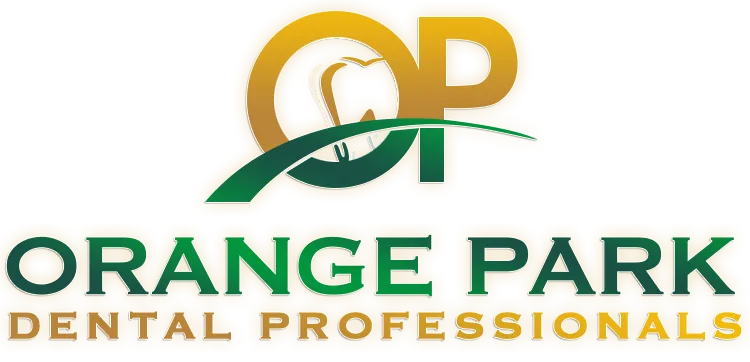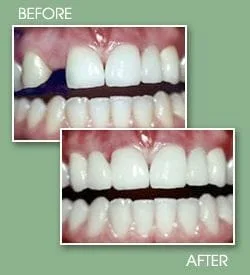Replacing missing front teeth can obviously improve the appearance of your smile. What most people don’t think about is what happens when a missing back tooth is not replaced. Replacing a back tooth will help you regain your normal ability to chew food and digest it properly. Each time you lose a tooth, you lose about 10% of your ability to chew. When a tooth is lost, the other teeth surrounding the space tend to move into the empty space. This contributes to an increased opportunity for decay and gum disease to begin, along with bite problems and a potential for other dental problems. Missing teeth should always be replaced¾the sooner, the better.
Fixed bridges are one of the possibilities that exist for the replacement of one or more missing teeth. Other alternatives are dental implants, Maryland (bonded) bridges, partial coverage bridges, and removable partial prosthodontics.
Advantages of the fixed bridge include proven reliability and longevity. Disadvantages include cost, increased difficulty in proper cleaning by the patient, and occasionally, the necessity of preparing a tooth for an abutment (bridge support), which might not have been previously filled or even damaged.
One or more teeth can be replaced by a fixed bridge. The design of the bridge is affected by, among other factors, the number, strength, and position of the remaining teeth and the patient’s ability to properly clean the completed bridge. Generally speaking, the support for the bridge should be equal to or better than the root support of what the missing teeth had.
The teeth that are to be the supports for the bridge are prepared similar to the preparation of a single crown. The tooth is made smaller by about 1 to 2 millimeters, depending on the part of the tooth being drilled. An impression is made of the prepared teeth and sent to a lab. While the bridge is being made, the prepared teeth are protected by a well-designed temporary bridge. Once the final bridge has been put in with final cement, it is not easy to get it off again without permanently damaging the porcelain and metal.
Your oral self-care must include thorough plaque removal, especially around the bridge. We will show you how to properly clean it. It is important that you follow our recommended dental hygiene recare schedule. Frequent examinations are one way to protect your investment and to maintain optimal oral health.
If you have any questions about fixed bridges, please feel free to ask us.

